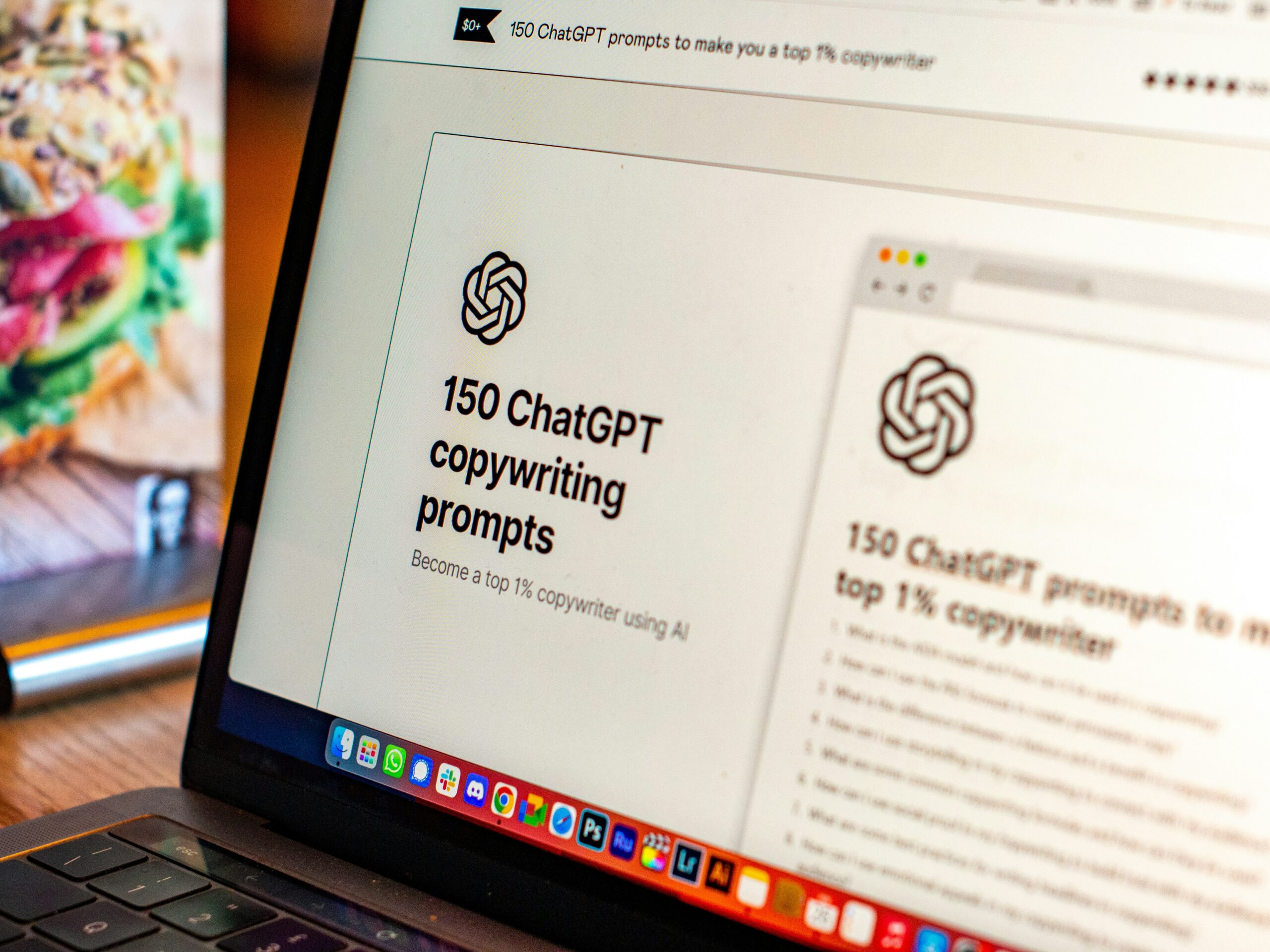

Understanding Your Audience
One of the foundational elements in crafting effective ad copy lies in comprehensively understanding your target audience. This understanding encompasses not only who your potential customers are but also their preferences, behaviors, and pain points. Conducting thorough market research is an essential strategy that allows advertisers to gather valuable insights. This can include surveys, focus groups, or interviews that provide direct feedback from consumers. By identifying the thoughts and needs of your audience, you can tailor your messaging accordingly.
Another effective method for gaining insights into your audience is the development of customer personas. These personas represent fictional characters that embody the traits of your ideal customers, based on data collected from your existing clientele and market research. By creating detailed profiles that include demographics, interests, and pain points, you offer a clear direction for your ad copy. These personas help ensure that your messaging speaks directly to the audience’s emotions and motivations, which can significantly drive engagement.
Leveraging social media analytics is another modern approach to gaining audience insights. Platforms like Facebook, Instagram, and Twitter offer extensive data on user interactions with content. By analyzing engagement metrics, user comments, and demographic data, marketers can glean valuable information regarding what resonates with their audience. This knowledge enables the creation of targeted ad copy that not only aligns with the interests of potential customers but also addresses their specific challenges.
In essence, understanding your audience is paramount to the success of your advertising efforts. The better you know your target market, the more tailored and compelling your ad copy will be, fostering authenticity and relatability that leads to increased engagement and, ultimately, conversions.
Crafting a Compelling Message
Creating a compelling ad message is essential for capturing the attention of your target audience and encouraging engagement with your content. One of the fundamental aspects to consider is clarity. An effective ad copy should convey its message in a straightforward manner, allowing readers to quickly understand what is being offered. This means avoiding jargon and overly complex phrases that could confuse potential customers. Instead, opt for simple language that resonates well with your audience.
Simplicity is closely linked to clarity. When your message is uncomplicated, it is more likely to stick in the minds of consumers. Strong, concise headlines play a critical role in this process, as they are the first point of contact with your audience. Your headlines should be attention-grabbing, eliciting curiosity while promptly revealing the core of your offering. Techniques such as using questions, statistics, or bold statements can make your headlines remarkably effective.
A persuasive call to action (CTA) is an essential component of any compelling ad message. A clear and actionable CTA guides your audience on the next steps, whether it’s signing up for a newsletter, purchasing a product, or visiting a website. Well-crafted CTAs utilize imperative language and instill a sense of urgency or exclusivity, prompting immediate action.
Emotional triggers can significantly enhance the impact of your ad copy. Stories that evoke emotions—such as happiness, fear, or nostalgia—can create a connection between the brand and its audience. By illustrating how a product or service can solve a problem or improve the consumer’s life, you effectively communicate the value proposition. Engaging narratives not only facilitate understanding but also foster brand loyalty and a deeper consumer relationship.
Incorporating A/B Testing Techniques
A/B testing, also known as split testing, is a crucial method for optimizing ad copy and ensuring higher engagement rates. This technique allows marketers to create different versions of an advertisement and measure the performance of each version against specific metrics. The process begins with developing two or more variations of your ad copy. These variations can differ in various elements such as headlines, calls to action, or even imagery. By comparing these differences, marketers can gain valuable insights into what resonates most with their target audience.
To effectively set up A/B tests, it is essential first to define your goal. Whether aiming for increased click-through rates, conversions, or improved engagement metrics, having a clear objective will guide your testing process. Once your objective is defined, segment your audience into randomized groups to ensure that each version of your ad copy reaches a comparable demographic. This randomization minimizes biases and ensures that the results are reliable.
Next, choose a testing duration that allows sufficient time for meaningful data collection. This time frame will depend on factors like traffic volume and the campaign’s overall length, but it is critical not to rush the process. After collecting data, analyzing the performance of each ad version is vital. Look for significant differences in engagement rates, conversion metrics, and other KPIs to determine which copy variation proves more effective.
Following the analysis, it is essential to make data-driven decisions based on the results. If one variation significantly outperforms the other, consider adopting it as your primary ad copy. However, continue to test and refine, as user preferences can evolve over time. By regularly incorporating A/B testing techniques in your advertising strategy, you can enhance your ad copy, ultimately leading to improved engagement and conversion rates, aligning your marketing efforts with audience expectations.
Analyzing Performance and Making Iterative Improvements
To effectively enhance your ad copy for better engagement, it is crucial to engage in ongoing analysis and make iterative improvements based on performance data. This iterative approach ensures that advertising remains relevant and effective in a dynamic market landscape. The starting point for this analysis is establishing key performance indicators (KPIs) such as click-through rates (CTR) and conversion rates. These metrics serve as a foundation for assessing the success of your campaigns and identifying areas that require refinement.
Click-through rates indicate the percentage of users who click on your ad after viewing it. A high CTR suggests that your ad copy is resonating with your audience, whereas a low CTR may signal the need for changes in wording, visuals, or overall messaging. Conversely, conversion rates measure the percentage of users who complete a desired action, such as making a purchase or signing up for a newsletter. Tracking both metrics provides a comprehensive view of ad performance, helping to inform decisions regarding content adjustments.
Additionally, gathering audience feedback can be invaluable. Engaging with your audience through surveys, social media comments, and customer reviews can provide insights into how your ad copy is perceived. Market trends also play a critical role; staying attuned to shifts in consumer behavior or industry developments can guide you in adapting your ad content accordingly. Referring to reliable analytic tools enables marketers to track these metrics in real time, ensuring that data-driven decisions facilitate continuous improvement in ad copy.
By regularly analyzing ad performance, you can identify successful elements and replicate them across future campaigns. This iterative process encourages innovation and adaptability, ultimately leading to improved engagement and higher conversion rates. Thus, the commitment to analyze and refine ad copy continuously is essential for maintaining effective marketing strategies that respond to both audience needs and market trends.
RELATED POSTS
View all


